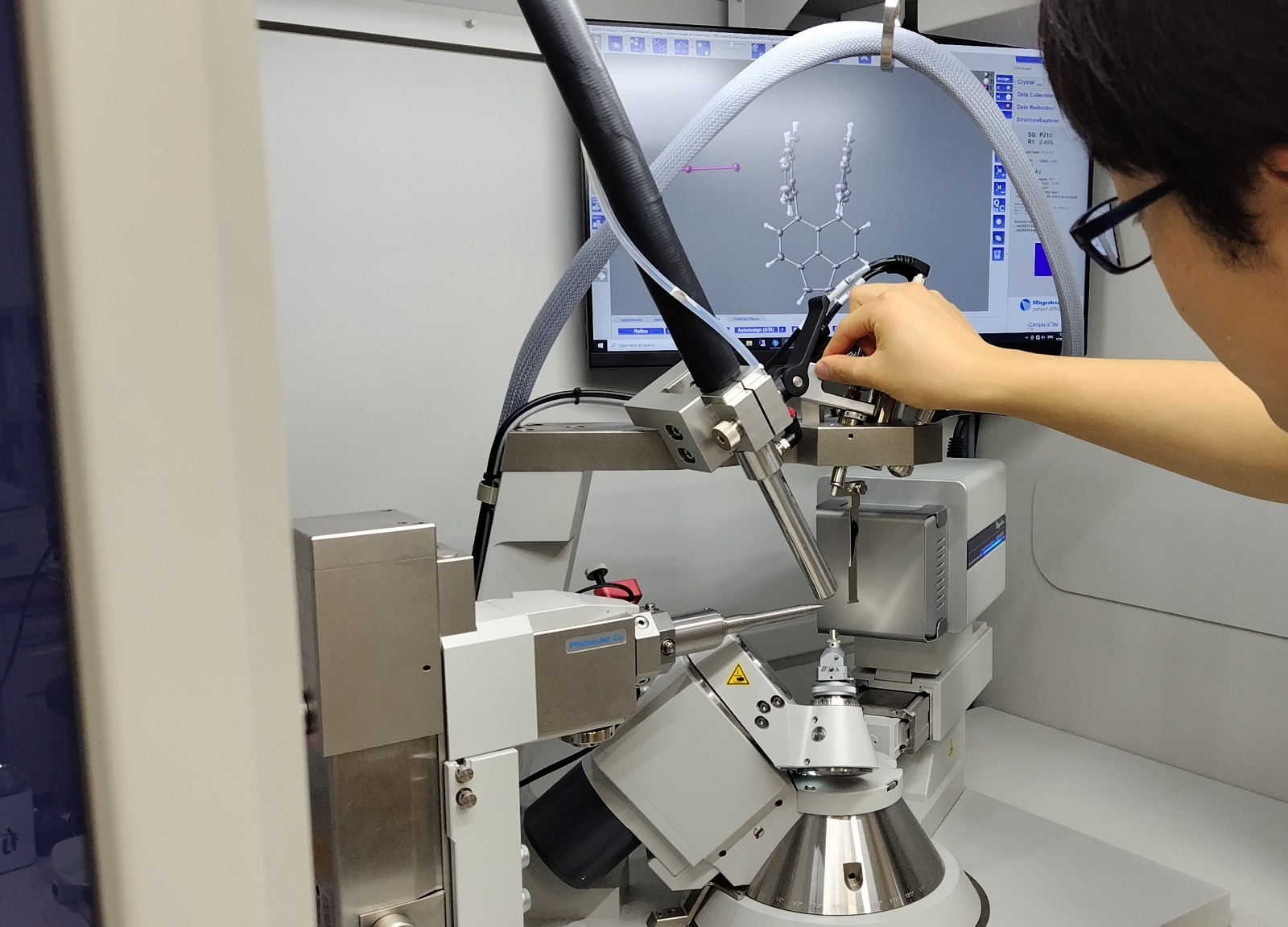For the first time the prestigious Lise Meitner Prize, which is awarded every two years by the Nuclear Physics Division of the European Physics Society (EPS), has been given to an Italian researcher: Paolo Giubellino, director of research and coordinator of the INFN international ALICE (A Large Ion Collider Experiment) at CERN in Geneva. Actually, the winner is ALICE itself, because Giubellino was just one of the four winners of the prize and they are all involved in ALICE. The other three are Johanna Stachel (Physikalisches Institut der Universität Heidelberg, Germany), Peter Braun-Munzinger (GSI, Germany), and Jürgen Schukraft (CERN, Switzerland). But why ALICE was rewarded? As Giubellino tells us, there are two different reasons for considering ALICE a flagship of global research: its contribution in clarifying the history of the universe and the structure of the matter.
Starting from the latter, ALICE allowed to elucidate the mechanisms of the so-called strong interaction, which is one of the four fundamental forces, the one that ties together the parts that make up the atomic nucleus, i.e., proton-proton, but also quark-quark.
"The point is that the strong interaction between two particles, unlike for example the gravitational force, increases with the distance between them," Giubellino explains. "Therefore, if one attempts to free a quark by separating it from others, the energy of the interaction becomes so large that eventually it is enough to create a quark-antiquark pair. This feature is called confinement, and it means that we never can observe quarks if they are isolated but only when they are bound inside hadrons. However, the fact that force grows with distance indicates an alternative way to pursue the study of free quarks: if one can take many works and squeeze them together in a small volume, they will be very close to one another and therefore experience very little interaction point. They will be free, albeit in a small volume. How do we obtain this? Using the Large Hadron Collider. It can accelerate nuclei – which are made of protons and neutrons, and therefore of quarks and gluons – to extremely high energy and have them smashed against one another. When the two nuclei collide, the nuclear matter is compressed and heated to form, for a very short instant, 10^-23 seconds, a droplet of matter where the quark are free. Matter in this state has the same nature as the Universe as a whole in the first millionths of a second of its life. This allows us to address two problems: the one of confinement and the one of the mass of the hadrons. In fact all the mass around us is due to the nuclei of the atoms, and therefore to the quarks of which they are made. Yet, the mass of free quarks is only one percent of that they acquire when bound. So, most of the mass we observe is due to the fact that quarks are bound into protons and neutrons… this is a fascinating aspect of the structure of matter to understand.”
“However, the strength of ALICE are the people involved,” tells Giubellino. “In particular young people. In our group at CERN half of the people involved are students: 350 PHD and about 150 post-doc, coming from 37 different countries." A real melting-pot science. "The presence of young people is not secondary or incidental to the proper research,” continues Giubellino. “They are both the engine and the result of our research, both in ALICE and in their future research projects."
And Italy? “We can say that the INFN has been a 'leader all along' of the entire ALICE project,” says Giubellino. “We were involved in the initial nucleus of the project since 1990, concerning the experiment design, and during the construction of the equipment. More than a third of ALICE was conceived and built in Italy, including the development of the necessary technologies. Italians have been leaders in seven of the 18 subsystems which compose the experimental apparatus of ALICE.”
"Anyway, what seems to me important to point out here is that the authentic winner it is not INFN but the whole Italian university system," says Giubellino. "The selection procedures are carried here by election, and what you do is evaluated by other scientists. The presence of so many Italians in the research centres all over the world, and in leading positions, is an undeniable sign of the excellence of our university system, which prepares and trains them. It is a treasure of our country which we often forget."


